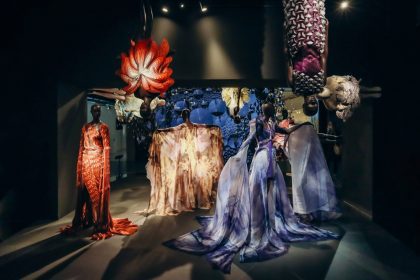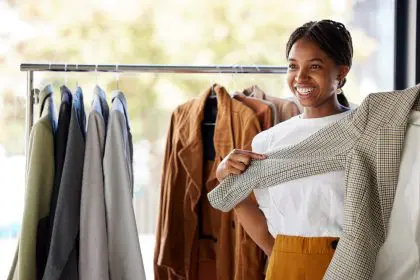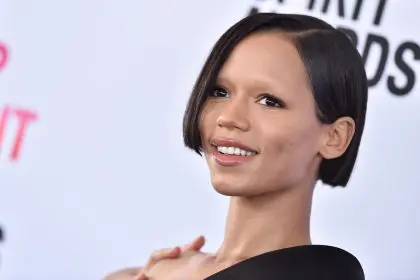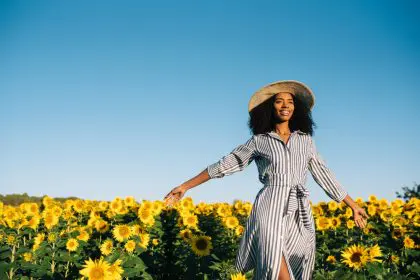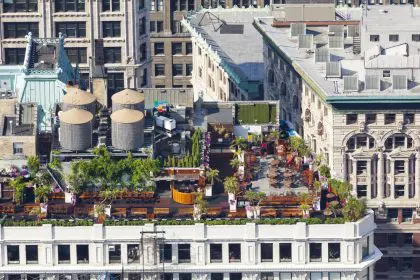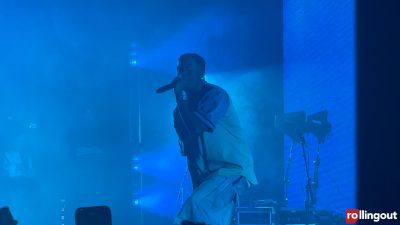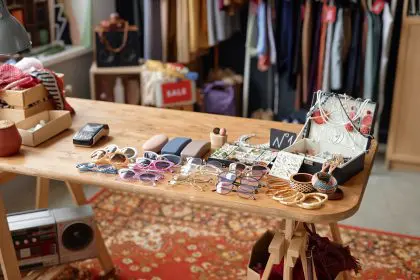The summer of 2025 has arrived with a fashion revolution that feels distinctly different from seasons past. Walking through any city street, beach boardwalk, or outdoor festival reveals a dramatic shift in how people approach warm-weather dressing. The traditional boundaries between casual and elevated wear have blurred beyond recognition, creating a new landscape where personal comfort meets creative expression.
The comfort revolution takes center stage
This summer‘s most noticeable transformation centers around the prioritization of physical comfort without sacrificing style. Breathable fabrics have moved beyond basic cotton and linen to include innovative blends that wick moisture while maintaining structure. Bamboo-derived materials, modal blends, and recycled polyester combinations now dominate retail floors, offering wearers the luxury of staying cool while looking polished.
The silhouettes themselves tell a story of liberation from restrictive clothing. Flowing wide-leg pants have replaced skinny jeans as the go-to bottom choice, while oversized button-down shirts serve as versatile pieces that transition seamlessly from beach cover-ups to dinner attire. Loose-fitting midi and maxi dresses with adjustable waistbands accommodate various body types and activity levels, reflecting a collective desire for clothing that moves with rather than against the wearer.
Sustainable choices reshape shopping habits
Environmental consciousness has fundamentally altered how consumers approach summer wardrobes. The fast fashion cycle that once dominated seasonal shopping has given way to more thoughtful purchasing decisions. Shoppers increasingly seek pieces that will remain relevant beyond a single season, investing in higher-quality items that promise longevity.
Second-hand and vintage clothing has experienced unprecedented popularity, with thrift stores and online resale platforms becoming primary destinations for summer wardrobe updates. This shift represents more than just economic practicality; it reflects a growing awareness of fashion’s environmental impact and a desire to reduce textile waste. Upcycling and clothing swaps have evolved from niche activities to mainstream practices, creating communities around sustainable fashion choices.
Bold patterns and colors make statements
The color palette of summer 2025 embraces vibrancy in ways that contrast sharply with the muted tones that dominated recent years. Electric blues, sunset oranges, and vibrant greens appear across various garments, from casual t-shirts to formal sundresses. These bold color choices reflect a collective mood of optimism and self-expression after years of playing it safe with neutral tones.
Pattern mixing has become an art form rather than a fashion faux pas. Floral prints paired with geometric designs, stripes combined with polka dots, and tropical motifs mixed with abstract patterns create visually dynamic outfits that celebrate individuality. This fearless approach to pattern combination suggests a cultural moment where standing out feels more appealing than blending in.
Technology meets traditional craftsmanship
The integration of performance technology into everyday summer wear represents another significant shift. Clothing items now feature UV protection, temperature regulation, and moisture management without appearing overtly athletic. A casual summer dress might include SPF-rated fabric, while a linen shirt could feature cooling technology typically reserved for activewear.
Traditional craftsmanship has simultaneously experienced a renaissance, with hand-embroidered details, artisanal prints, and locally-made accessories gaining prominence. This combination of high-tech functionality and human artistry creates pieces that feel both futuristic and timeless, appealing to consumers who want the best of both worlds.
Gender-neutral design gains momentum
The boundaries between menswear and womenswear continue to dissolve, particularly in summer clothing where comfort and functionality take precedence over traditional gender expectations. Unisex shorts, oversized shirts, and flowing pants appear in collections designed for all body types and style preferences. This inclusive approach to design reflects broader cultural conversations about gender expression and personal identity.
Jewelry and accessories have similarly embraced gender-neutral aesthetics, with chunky chains, colorful bracelets, and statement rings appearing across all demographics. The summer of 2025 celebrates individual style choices rather than adherence to prescribed gender norms in fashion.
Local production and artisan collaboration
A notable trend toward locally-produced clothing has emerged, driven partly by supply chain disruptions and partly by consumer desire to support community businesses. Regional designers and small-scale manufacturers have gained visibility, offering unique pieces that reflect local aesthetics and cultural influences.
Collaborations between fashion brands and local artisans have produced distinctive summer collections that celebrate regional craftsmanship. Hand-woven textiles, naturally-dyed fabrics, and traditional construction techniques create clothing with stories and cultural significance beyond mere aesthetic appeal.
The influence of remote work culture
The continued prevalence of remote and hybrid work arrangements has fundamentally changed summer dressing expectations. The traditional separation between work and leisure wear has largely disappeared, replaced by versatile pieces that function across multiple settings. A single outfit now needs to work for video calls, outdoor meetings, and after-work social activities.
This versatility requirement has led to the rise of elevated casual wear that feels professional enough for virtual meetings while remaining comfortable for all-day wear. Structured yet comfortable blazers, polished sneakers, and refined casual dresses exemplify this new category of multi-purpose clothing.
Social media’s evolving influence
While social media continues to impact fashion choices, the nature of that influence has evolved significantly. Rather than driving rapid trend cycles, platforms now celebrate individual style and sustainable fashion choices. The emphasis has shifted from wearing the latest trend to showcasing personal creativity and sustainable practices.
This change has democratized fashion influence, with everyday individuals gaining recognition for innovative styling rather than simply following established influencers. The result is a more diverse and authentic representation of summer fashion that reflects real people’s lives and values.
The summer of 2025 represents a pivotal moment in fashion history where comfort, sustainability, and self-expression converge to create something genuinely different. These changes reflect broader cultural shifts toward authenticity, environmental responsibility, and individual empowerment. As the season progresses, these trends continue to evolve, suggesting that this summer’s distinctive feel may represent a permanent shift rather than a temporary moment in fashion history.


